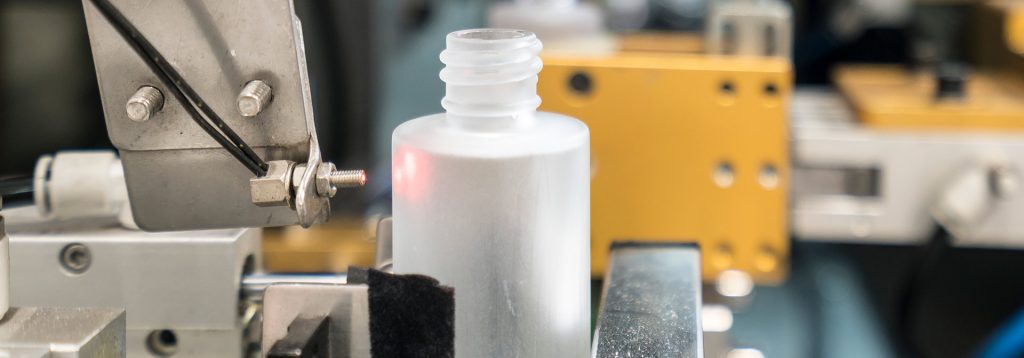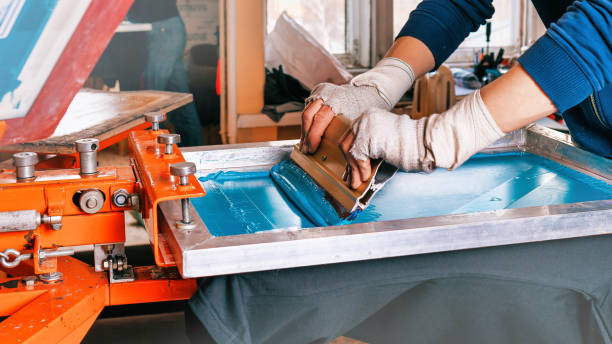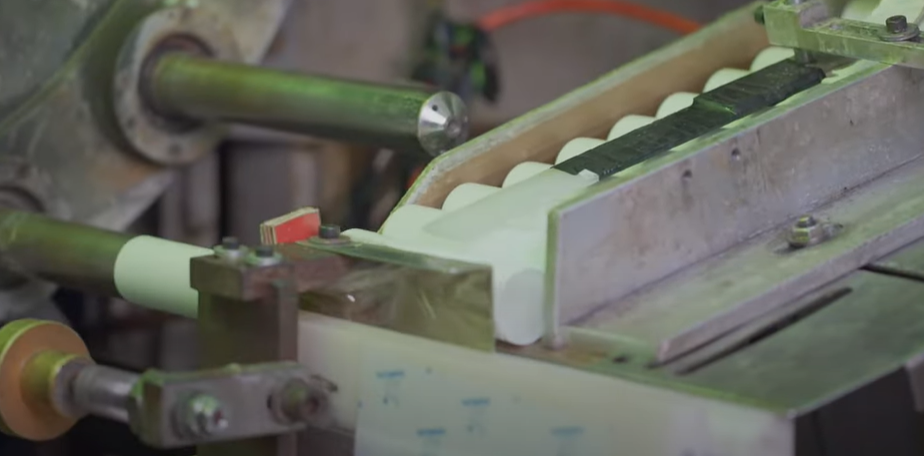
When you pick up your favorite lipstick or moisturizer, do you ever wonder how the brand's logo, product name, and intricate designs are flawlessly printed on the packaging? In the highly competitive cosmetics industry, packaging is more than just a container; it's an essential part of a brand's identity and marketing strategy. So, how is printing used in cosmetics packaging, and why is it so important?
The Role of Printing in Cosmetics Packaging
Printing plays a crucial role in cosmetics packaging by transforming ordinary containers into visually appealing, brand-specific items that attract consumers. The use of different printing techniques allows brands to communicate their identity, convey essential product information, and enhance the overall aesthetic appeal of their products.
Brand Identity and Recognition
In the cosmetics industry, brand recognition is vital. Consumers often make purchasing decisions based on packaging, especially in a market flooded with similar products. Printing allows brands to showcase their unique logos, colors, and designs, making their products instantly recognizable. For example, the use of hot stamping can add a metallic sheen to a logo, giving it a luxurious feel that resonates with high-end consumers.
Communicating Essential Information
Beyond aesthetics, printing is also essential for conveying important information such as the product name, ingredients, usage instructions, and expiration dates. Regulatory requirements often mandate that specific details be printed on cosmetic packaging, ensuring that consumers are well-informed about what they are purchasing. This information needs to be clear, legible, and durable, which is why high-quality printing methods are crucial.

Common Printing Techniques in Cosmetics Packaging
Various printing techniques are used in cosmetics packaging, each offering different benefits and suitable for different materials and design needs. Below are some of the most commonly used methods:
1. Screen Printing
Screen printing is one of the most widely used techniques in the cosmetics industry. It involves pressing ink through a mesh screen onto the surface of the packaging material. This method is versatile, allowing for the use of various ink types, including those that produce vibrant colors and textured finishes. Screen printing is particularly popular for printing on curved surfaces, such as bottles and tubes.
2. Offset Printing
Offset printing is another common method, especially for larger production runs. This technique involves transferring ink from a plate to a rubber blanket, which then applies the ink to the packaging surface. Offset printing is known for its high-quality, consistent results and is often used for packaging that requires detailed images and fine text, such as product boxes and labels.
3. Hot Stamping
Hot stamping, also known as foil stamping, involves pressing a heated die onto a foil that is then transferred to the packaging material. This technique is often used to create metallic finishes, giving the packaging a premium look. Hot stamping is commonly used for logos, borders, and other decorative elements, adding a touch of elegance and luxury to the product.
4. Digital Printing
Digital printing is gaining popularity due to its flexibility and quick turnaround times. Unlike traditional printing methods, digital printing does not require plates or screens, making it ideal for small runs or personalized packaging. This method allows brands to easily make changes to designs and print multiple variations in a single production run, catering to the growing demand for customization.
5. Pad Printing
Pad printing is a versatile technique used for printing on irregularly shaped objects. It involves transferring ink from an etched plate onto a silicone pad, which then applies the ink to the packaging material. Pad printing is ideal for printing on small, detailed areas, such as the caps of lipsticks or the sides of eyeliner pencils.

Offset Printing
Sustainability and Innovation in Printing
As sustainability becomes increasingly important in the cosmetics industry, printing techniques are evolving to meet eco-friendly standards. Brands are exploring water-based and UV-cured inks, which have a lower environmental impact compared to traditional solvent-based inks. Additionally, digital printing's ability to reduce waste and energy consumption aligns with the industry's push towards greener practices.
Innovations in printing technology are also allowing for more creative and interactive packaging designs. For example, augmented reality (AR) packaging, where printed codes or images can be scanned to reveal digital content, is an emerging trend that enhances the consumer experience. Brands are using these innovations to engage with consumers in new ways, adding value beyond the product itself.
Post time: Aug-28-2024
